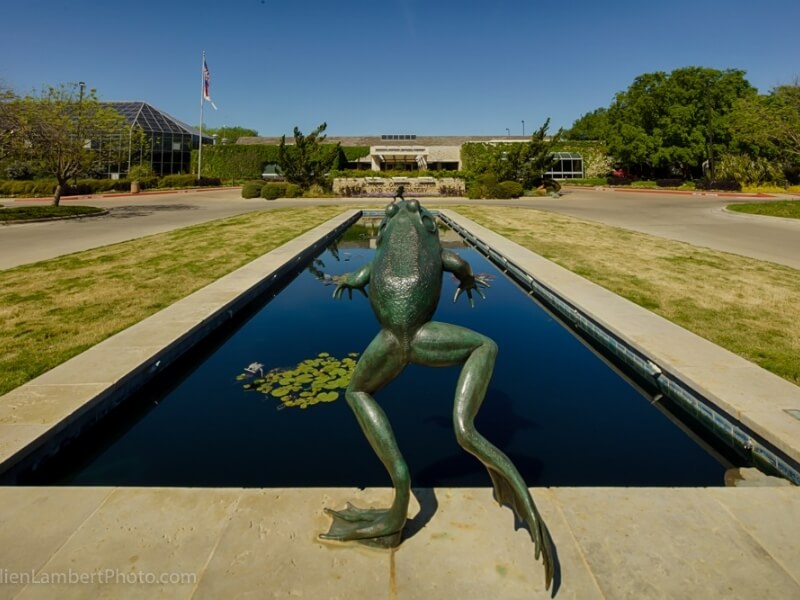Texas Plant Conservation Conference
The Texas Plant Conservation Conference is a premier professional gathering designed for scientists, land managers, government agencies, conservation organizations, and others passionate about plant conservation in Texas. Held biennially in the fall (with the next conference in 2018), this event offers a dynamic platform to share knowledge, collaborate, and discuss advancements in the field.
Attendees delve into the latest research and projects focused on rare plants, native plant communities, monitoring techniques, and effective management practices for Texas’s native flora. The conference is an excellent opportunity for professionals, academics, and the public to engage with the latest developments in native plant conservation.
Highlights of the event include keynote and plenary lectures, two full days of presentations, informative poster sessions, evening networking socials, and immersive field trips. Whether you’re a researcher, policymaker, or plant enthusiast, this conference provides invaluable insights and connections in the world of Texas plant conservation.
Past Conferences
2023
The 2023 Texas Plant Conservation Conference (TPCC), hosted by FWBG-BRIT on August 14-15, was an incredible success, bringing together over 125 attendees from 43 organizations to discuss plant conservation efforts in Texas and beyond. This year’s theme, “Seeds & Needs,” reflected the nationwide push for seed collection to support restoration and conservation initiatives.
The two-day event featured 28 engaging talks, 18 insightful posters, and two workshops focused on building relationships with private landowners and targeting vulnerable Texas species (NatureServe S3) for seed collection. The conference emphasized collaboration, education, and actionable strategies for conservation.
2020
BRIT hosted the virtual 2020 Texas Plant Conservation Conference (TPCC) on August 13-14, bringing the conservation community together during a critical time. Themed “Keep Connected,” the event used Slack to feature pre-recorded talks, digital posters, and live chat Q&A sessions with presenters.
The conference showcased 47 presentations, including 22 talks and 25 posters, with 15 entries in the student competition. The virtual format attracted 146 registrants—double the attendance of the last two in-person events. Participants represented 90 organizations, including state agencies, universities, non-profits, botanic gardens, and Texas Master Naturalist chapters. Notable contributors included BRIT, Tarleton State University, University of North Texas, and Texas Parks & Wildlife Department, each with six or more attendees.
The virtual format fostered meaningful engagement and improved accessibility, successfully connecting the conservation community and highlighting the value of adaptability during challenging times.
2018
The Botanical Research Institute of Texas (BRIT) proudly hosted the 2018 Texas Plant Conservation Conference (TPCC) from September 19–21. This year’s conference aimed to foster collaboration and communication among conservation organizations, agencies, academics, educators, and the public. With a strong focus on engagement, the sessions emphasized participation, dialogue, and networking opportunities for conservation practitioners.
The event brought together over 70 conservationists from across Texas, representing 31 organizations, including non-profits, universities, and government agencies. Attendees shared valuable insights through 49 presentations highlighting efforts to protect and preserve native plant species across the state. In addition to presentations, participants engaged in interactive workshops and strategic planning sessions.
A highlight of the conference was the recognition of Dr. Karen H. Clary, former Director of Plant Conservation at the Lady Bird Johnson Wildflower Center. She was honored with the TPCC Lifetime Achievement Award for her remarkable contributions and lifelong dedication to plant conservation.
2016
The 2016 Texas Plant Conservation Conference, hosted by the Lady Bird Johnson Wildflower Center, was a resounding success.



